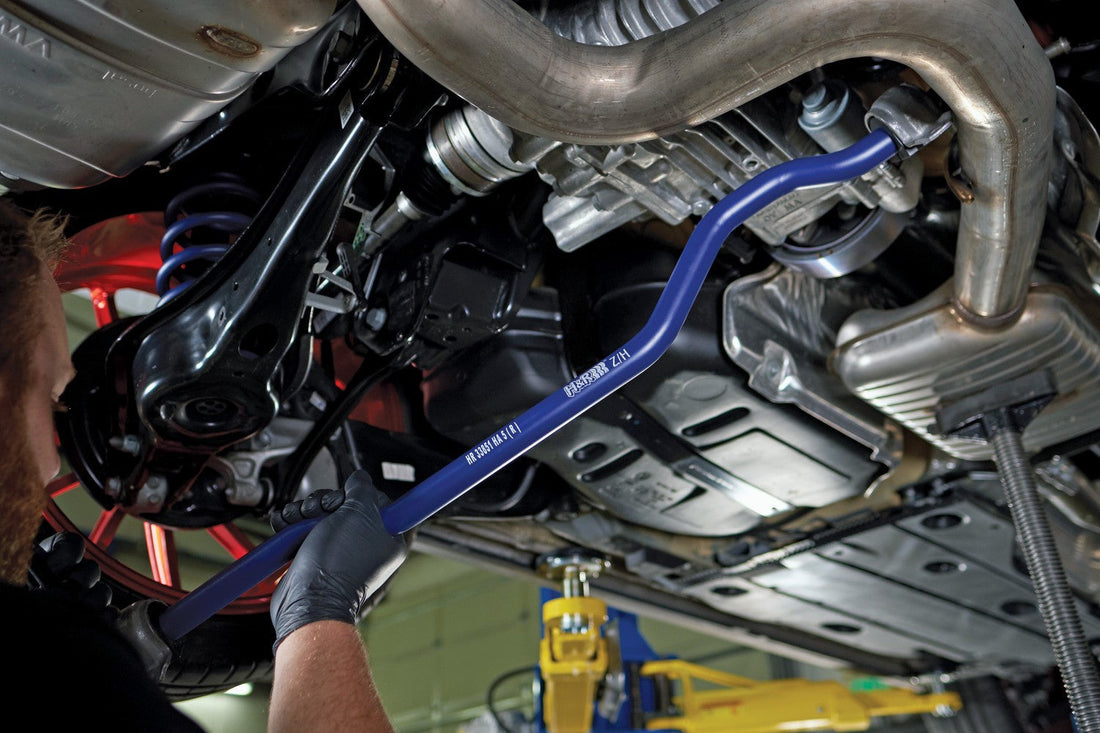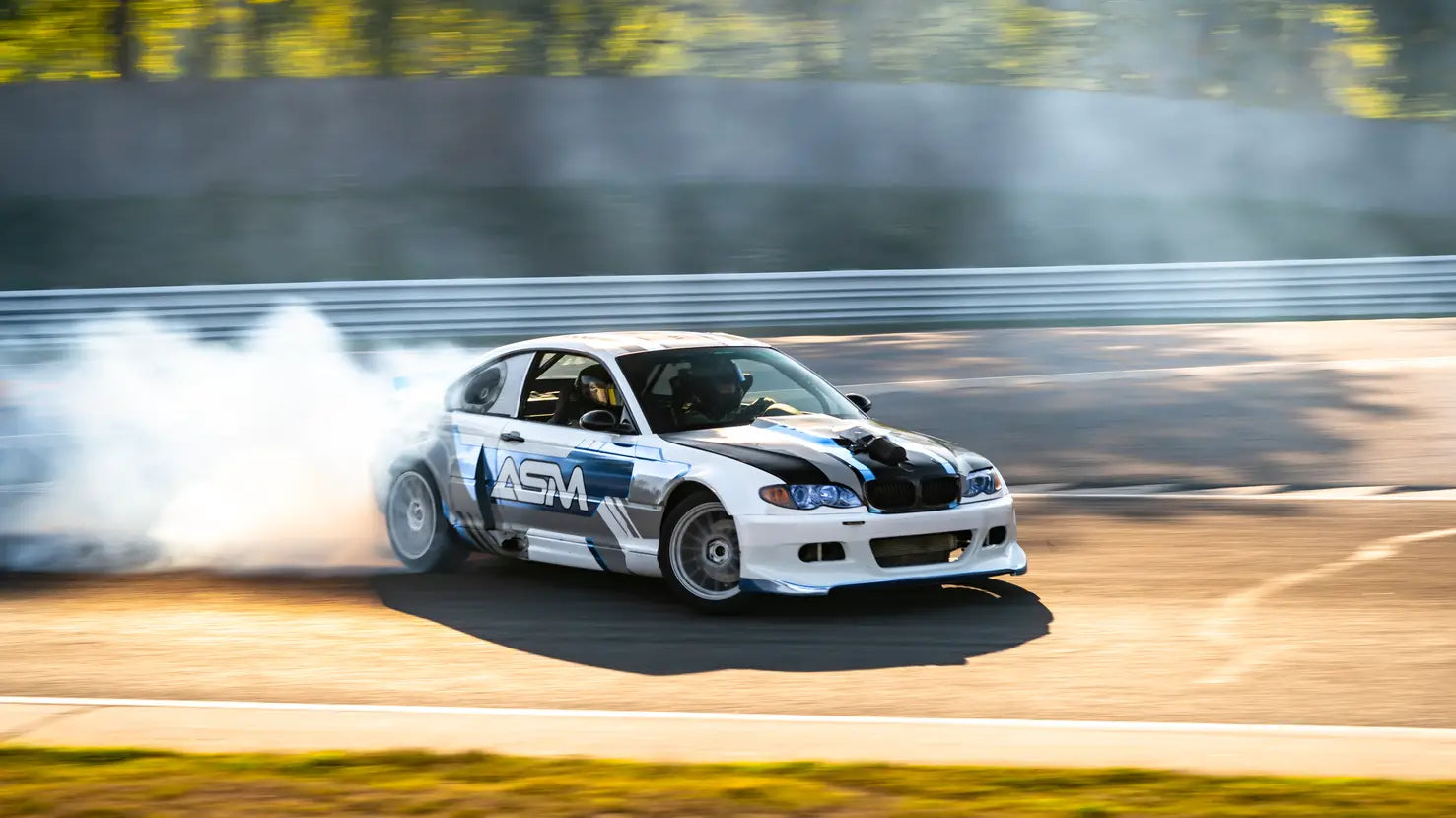
Anti-Roll Bars: What They Do and Why They're Worth It
Anti-roll bars (also called sway bars) aren’t complicated — they’re mechanical leverage. But the impact they have on handling is massive, especially for the cost.
A sway bar connects the left and right sides of your suspension. When your car leans into a corner, the bar twists, resisting that motion and keeping the body flatter through the turn. That means sharper response, better grip distribution, and more control mid-corner.
And here's the thing: the ROI on sway bars is huge. We’ve sold bars to customers with otherwise bone-stock cars — and the feedback is always the same. More confidence. Less floaty. More planted. It’s one of the few mods where you can feel the difference immediately. The car turns in sharper, feels more composed, and just drives better.
This isn't just for track cars, either. Even on daily drivers or weekend toys, sway bars improve balance and give the driver more confidence behind the wheel. And because they don’t affect ride height or NVH the way springs or coilovers might, they’re a great entry point for anyone wanting better handling without compromising comfort.
Some things to keep in mind:
- Stiffer front bar = more understeer
- Stiffer rear bar = more oversteer
- Best results = proper balance front-to-rear
A well-tuned setup doesn’t mean the biggest, beefiest bars you can find. It means picking the right combo to flatten body roll without upsetting the car’s balance. Used in conjunction with good springs and dampers, sway bars let you fine-tune how the car rotates and holds a line.
In terms of cost vs. impact, anti-roll bars are hard to beat. They’re not flashy. But they work — and they work really well. Whether you're chasing lap times or just want your car to feel more planted in the twisties, this is one mod that over-delivers every time.

